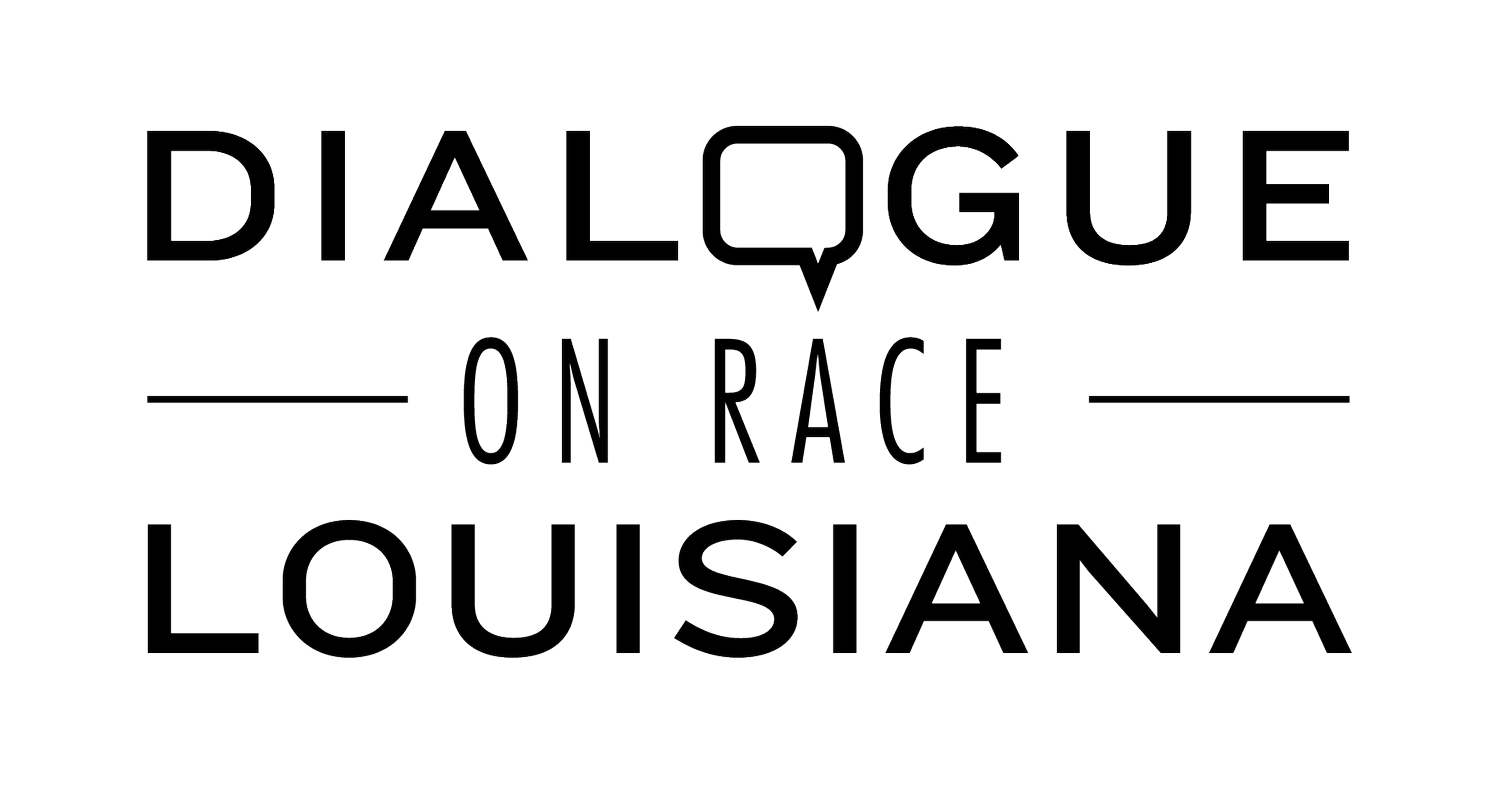Fear, Progress, and Change: The Fight for Inclusion from Reconstruction to 2025
Author: Jasmine Pogue, Dialogue on Race Marketing and Facilitator Coordinator
As the Facilitator Coordinator at Dialogue on Race Louisiana, Jasmine plays a pivotal role in recruiting, training, and supporting Dialogue on Race trained facilitators who lead Dialogue on Race conversations across the United States and beyond. Jasmine brings knowledge, empathy, and a deep commitment to fostering open and honest dialogue.
Lately, I’ve been reflecting on the sharp tensions surrounding Diversity, Equity, and Inclusion (DEI) initiatives. While these efforts aim to address systemic inequities and foster inclusion, the backlash they face often feels as entrenched as the issues they seek to solve.
For many, DEI became a household term after the murder of George Floyd in 2020, when corporations across the United States announced sweeping commitments to racial equity. However, in 2025, with the Trump administration's directive targeting DEI roles in federal agencies, the backlash against these initiatives has reached a fever pitch. This shift has left many wondering: What does this mean for the future of racial equity in America?
To understand why DEI is polarizing today, we need to look at how America has historically responded to efforts aimed at equity and inclusion. After the Civil War, Reconstruction promised a new era of racial equity, with freedmen gaining citizenship, voting rights, and political representation. However, this progress was met with a swift and violent backlash. By the late 19th century, Jim Crow laws had not only stripped Black Americans of these gains but also reinforced institutional exclusion in every facet of life—from education to employment.
The Civil Rights Movement of the 1960s’ landmark legislation like the Civil Rights Act and Voting Rights Act signaled a turning point. Yet, even as legal barriers fell, the lack of enforcement of these acts allowed cultural resistance to remain strong. Affirmative action policies and school desegregation sparked decades of debate, lawsuits, and backlash. These efforts were seen by many institutions as a threat to the “American meritocracy,” despite their goal of addressing structural inequalities.
DEI initiatives in the modern workplace draw from this history. These initiatives attempt to correct systemic barriers that have excluded marginalized groups for generations. Yet, much like past efforts, they are often framed as divisive or unnecessary, with critics arguing they undermine fairness rather than promote it. This framing ignores the historical context of systemic inequities and shifts the narrative to preserve the status quo.
The backlash against DEI in 2025 isn’t an isolated event—it’s part of this larger historical pattern. The Trump administration’s directive to target DEI roles in federal agencies echoes past efforts to roll back progress.
And yet, during a recent Dialogue on Race Original Series, a participant shared, “Costco is doubling down on their DEI program.” The conversation shifted to where the participants saw changes in policies and practices around race. What made them hopeful? Companies like Costco, T-Mobile, and Apple are maintaining and even expanding their DEI commitments despite political resistance.
JP Morgan’s CEO Jamie Dimon’s bold declaration—“Bring them on,” stated after shareholder activists suggested rolling back DEI initiatives. “We are going to continue to reach out to the Black community, the Hispanic community, the LGBT community, and the veterans community."
America’s historical resistance to DEI efforts reveals a fear of change—specifically, a fear of disrupting systems that benefit from exclusion. But history also teaches us something else: Progress is possible when people and institutions choose to confront these fears.
The companies doubling down on DEI today may not get it perfect, but their commitment reflects an understanding that equity and inclusion are not just moral imperatives—they are strategic advantages. They foster innovation, strengthen teams, and connect organizations to diverse communities.
Dialogue on Race is also seeing an increase in requests from organizations seeking to bring the Dialogue to their workplaces. These organizations are asking for help in creating space for an open and honest conversation about race—In a time when many institutions are retreating from DEI; these requests reflect a recognition of the power of dialogue to create understanding and inspire action.
For me, these stories are a reminder of the power of dialogue itself. Dialogue doesn’t just unpack history—it challenges us to question it. In conversation, like those in the Dialogue on Race Original Series, participants examine why these issues persist and where hope can be found.
Now is not a time of reversal. It is a time of hope and change. The growing interest in dialogue, the bold commitments from companies, and the shared stories in the Dialogue sessions all point to one truth: progress continues, even in the face of fear.
